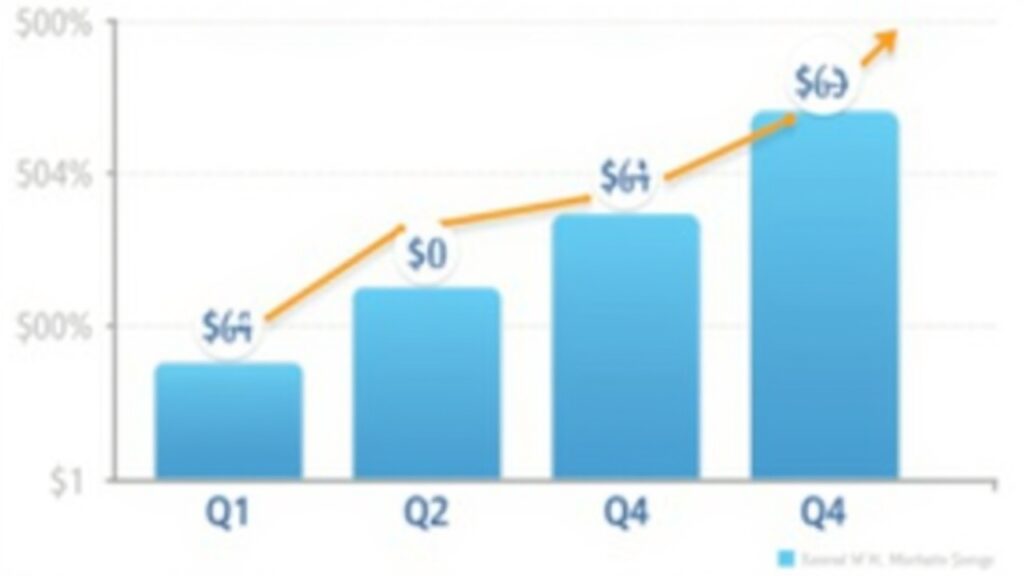Advertisements
Did you know that nearly 60% of investors miss out on potential tax savings every year? When I first heard about tax loss harvesting, I thought it was some fancy Wall Street trick. Boy, was I wrong!
Actually, it’s one of those financial strategies that sounds way more complicated than it really is. After accidentally stumbling into it (and then purposefully using it for years), I’ve saved thousands on my tax bills.
So here’s the thing – tax loss harvesting basically means selling investments that have lost value to offset the taxes on your gains. Pretty neat, right? Let me walk you through how this whole thing works and share some stories from my own investing journey.
What Exactly Is Tax Loss Harvesting?

Okay, so picture this: you bought some tech stocks in January, and by December, they’re down 20%. Meanwhile, your index funds are up 15%. Instead of just crying into your coffee about those tech losses, you can actually use them to your advantage!
Tax loss harvesting is when you sell those losing investments on purpose. Then, you use those losses to cancel out the taxes you’d owe on your winners. It’s like finding a silver lining in your investing mistakes – and trust me, we all make ’em.
The IRS actually allows you to deduct up to $3,000 in losses against your regular income each year. Plus, any extra losses get carried forward to future years. When I first learned this, I literally did a happy dance in my living room!
My First Tax Loss Harvesting Experience (And Why I Was Totally Clueless)
So here’s an embarrassing story. Back in 2018, I bought this “hot” biotech stock because my brother-in-law swore it was gonna be huge. Spoiler alert: it wasn’t.
By December, it was down 40%, and I was feeling pretty dumb. However, my accountant mentioned I could harvest that loss. At first, I thought he meant I should grow vegetables or something – I had no clue what he was talking about!
Once he explained it, though, everything clicked. I sold that stinker of a stock, used the loss to offset gains from my other investments, and actually saved about $800 on my tax bill. Not bad for a mistake, huh?
The Wash Sale Rule (Or How I Almost Messed Everything Up)
Now, here’s where things get tricky. The IRS has this thing called the wash sale rule, and let me tell you, it almost got me.
Basically, you can’t sell a stock for a loss and then buy it back within 30 days. If you do, the IRS says “nope, that loss doesn’t count!” I learned this the hard way when I sold some energy stocks at a loss, then saw them drop even more and bought ’em back two weeks later.
My accountant wasn’t happy when tax time rolled around. Now I always wait at least 31 days, or I just buy something similar but not identical. Like, if I sell an S&P 500 fund at a loss, I might buy a total market fund instead.
When Should You Actually Do This?
Timing is everything with tax loss harvesting. Most people do it in December, which makes sense – you can see your whole year’s gains and losses. But honestly, I’ve found opportunities throughout the year.
For instance, during market corrections (like we saw in March 2020), there’s often chances to harvest losses. Just remember, you’re not trying to time the market – you’re just being smart about taxes.
Also, this strategy works best if you’re in a higher tax bracket. When I was making $40k a year, it didn’t matter as much. Now that I’m in a higher bracket, every bit of tax savings counts!
Some Practical Tips I’ve Learned Along the Way
First off, keep good records. I use a simple spreadsheet to track what I sold, when, and for how much of a loss. Trust me, your future self will thank you come tax time.
Secondly, don’t let the tax tail wag the investment dog. In other words, don’t sell a great investment just for the tax break. I once sold Amazon shares at a small loss for tax purposes – worst decision ever!
Finally, consider using robo-advisors that offer automatic tax loss harvesting. Some of them do this stuff automatically, which is pretty cool if you’re lazy like me.
Making Tax Loss Harvesting Work for You

Look, nobody likes losing money on investments. But since losses are gonna happen anyway, you might as well make them work for you, right?
Remember, tax loss harvesting isn’t some get-rich-quick scheme. It’s just a smart way to reduce your tax bill while keeping your investment strategy on track. And hey, every dollar saved on taxes is another dollar you can invest!
Whether you’re dealing with a few hundred bucks in losses or several thousand, this strategy can make a real difference. Just don’t forget about that wash sale rule – seriously, set a reminder on your phone or something.
Want to learn more smart money moves? Check out other posts on Plan Wealth where we break down complex financial stuff into bite-sized, actually useful advice. Because let’s face it, we could all use a little help making our money work smarter!




[…] is the one you’ll actually stick with. And hey, if you found this helpful, check out more investing insights at Smart Start – we’re all about making complex financial stuff actually […]